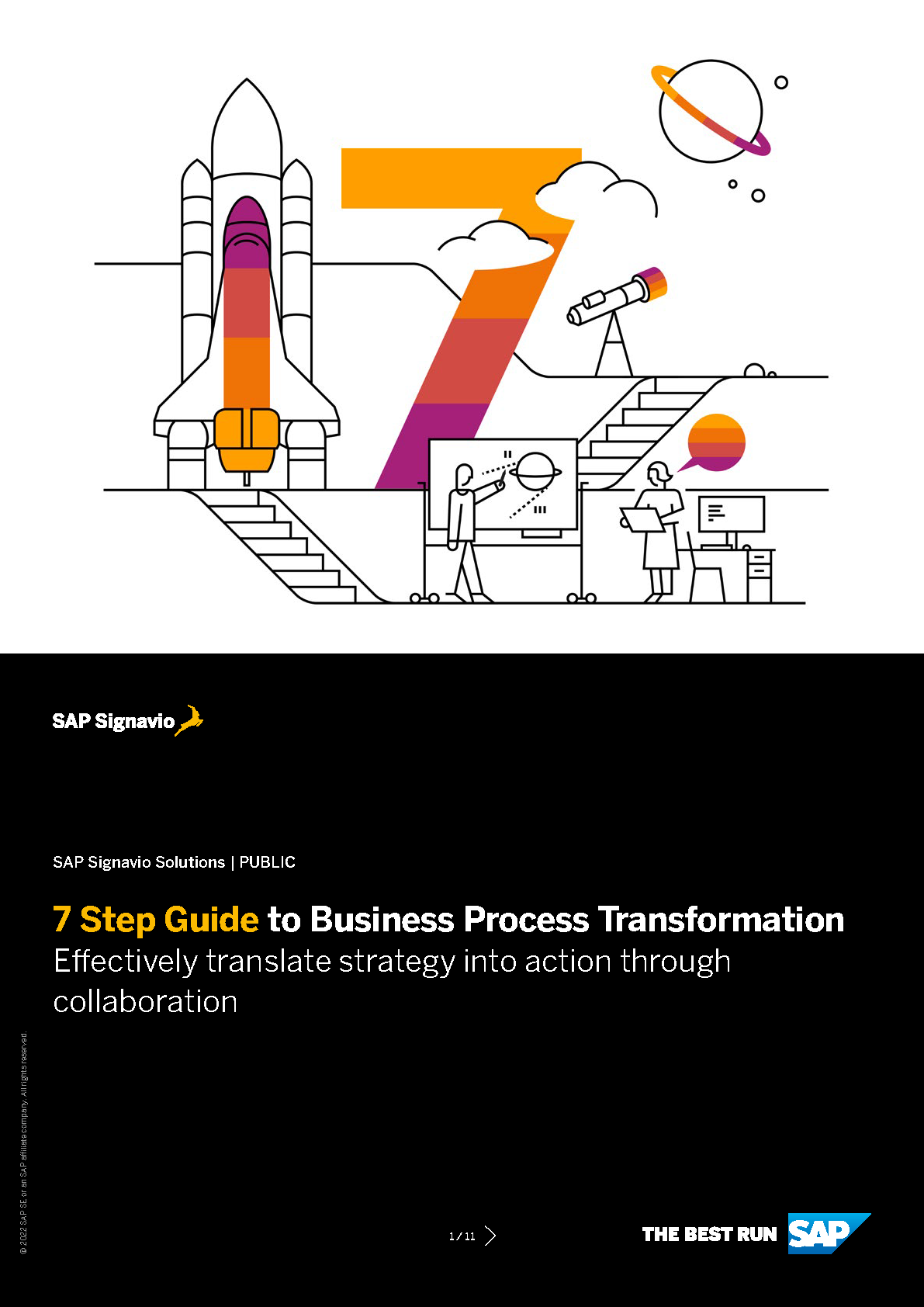Benefits of Business Process Management
Well-designed, automated business process management (BPM) brings numerous benefits to companies. These include better efficiency and business outcomes, which lead to cost reduction.

Well-designed, automated business process management (BPM) brings numerous benefits to companies. These include better efficiency and business outcomes, which lead to cost reduction.
Business process management (BPM) is a systematic method for improving a company’s core operations through BPM tools that facilitate the design, modeling, execution, monitoring, and optimization of business processes. These tools enable real-time process visibility, data-driven decisions, and collaboration across departments.
The result is higher efficiency and cost reduction. This means BPM is no longer just an IT initiative; it is a critical component of digital transformation.
→ Related: What is the value of business process management?
Companies that fail to recognize the benefits of BPM risk falling behind. This is especially true in an era when AI is being harnessed in business process automation to amplify the possibilities that business optimization brings.
BPM tools like SAP Signavio enable you to make proactive, real-time adjustments to workflows based on data insights. By increasing efficiency through BPM systems, you can improve business outcomes and get ahead of your competitors.
“67% of AI decision-makers report that their companies aim to increase investment in the integration of generative AI to improve the performance of business operations,” - Fortune Business Insights.
Business process management directly contributes to better efficiency, improved outcomes, and overall business performance.
It supports a systematic approach to managing, analyzing, and improving workflows—helping organizations stay competitive in a business environment where automation and AI are becoming the norm.
“We see the need for visualization, the need for clarity, the need for integration or an integration enabler... That's where SAP Signavio brings a solution which is a technological solution, but also an enabler, as a pivot point between business and IT” - Haim Baruch, Teva Pharmaceuticals
Below are 12 key benefits of business process management, each paired with a clear example and tracking method.
BPM helps organizations streamline operations by making it possible to identify opportunities to eliminate redundancies and reduce manual work, even across different areas.
Organizations can become more adaptable by giving teams tools to adjust workflows in response to changing conditions.
With BPM solutions, you can reduce the likelihood of process errors by clarifying responsibilities and standardizing procedures across workflows.
Workflow management systems contribute to ensuring your company complies with internal policies and external regulations through well-defined, controlled processes.
By documenting standard operating procedures, BPM empowers employees to complete tasks independently and confidently.
Applying business process management enables you to define user roles and permissions to make sure the right people have access to the right data.
By eliminating unnecessary steps and manual tasks, BPM systems play a key role in reducing operational costs and tool overheads.
Optimizing and managing business processes enhances the customer journey by reducing waiting time, ensuring consistent service, and minimizing human error.
Whether onboarding relates to new hires, new suppliers, or new customers, a process automation platform can help you create standardized onboarding workflows.
Business process management software helps business users take a structured approach to managing projects to keep tasks aligned with timelines and deliverables.
Ongoing monitoring of existing processes across the BPM lifecycle reveals where teams are excelling and where training is needed.
By implementing a business process management system, you will instill a mindset of evaluation and process optimization, which will encourage teams to keep iterating and innovating.
Here is a high-level overview of the seven steps to successful BPM implementation:
Our seven-step guide to business process transformation explains it in full detail.
→ Related: Advantages of business process management
Implementing business process management brings strategic and operational improvements that support long-term growth. Beyond cost reduction, BPM empowers innovation, agility, and alignment across teams—making it an essential part of any modern business.
Download the 7-step guide to ensure future process transformations are smooth and repeatable.

